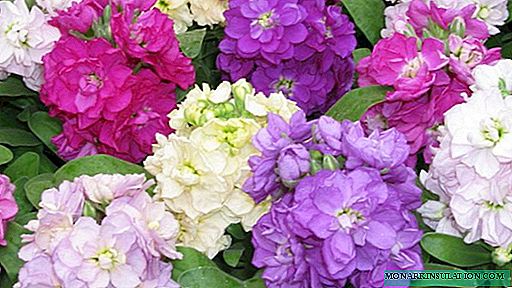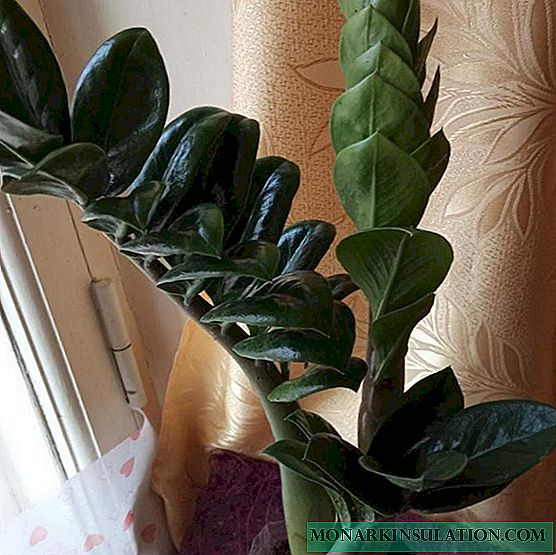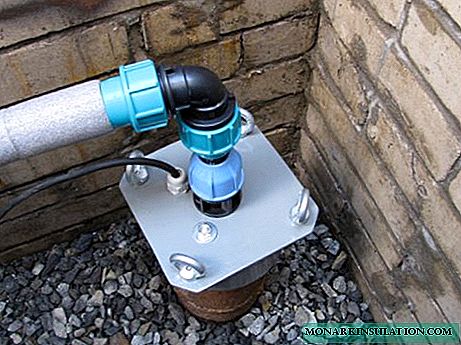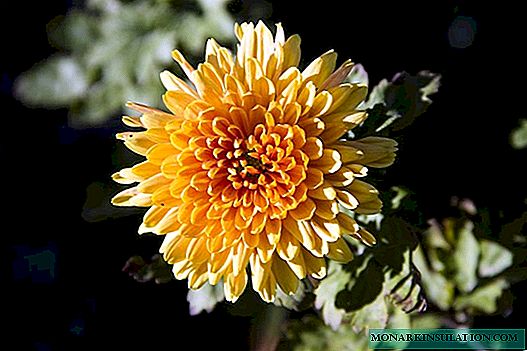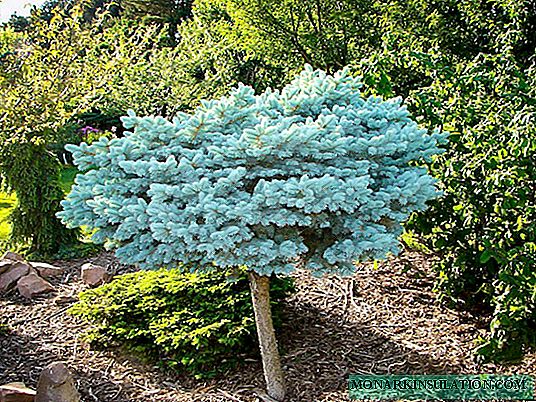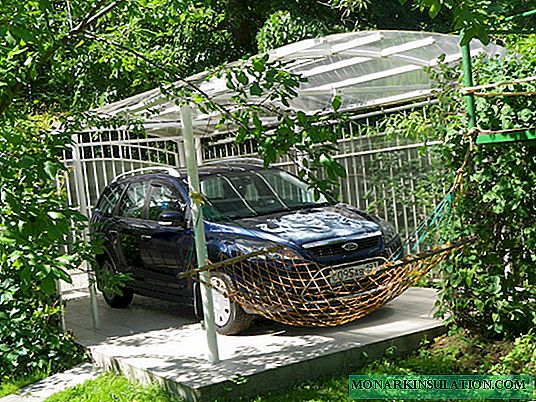Agapanthus is a perennial plant, which is a very graceful blue flower with six petals. Also known as the "Lily of the Nile", because it originally grew in the south of the African continent, on the slopes of the mountains and coasts.
Currently, due to its decorative effect, it is grown both indoors and for landscaping garden plots, parks, lawns.
The plant has signs of onion, amaryllis, and lilac families. The classification of the flower, being the subject of controversy among scientists, led to its isolation in an independent form - Agapanthus. It is considered in many countries a symbol of success and prosperity. In Europe, the flower became popular in the 17th century.
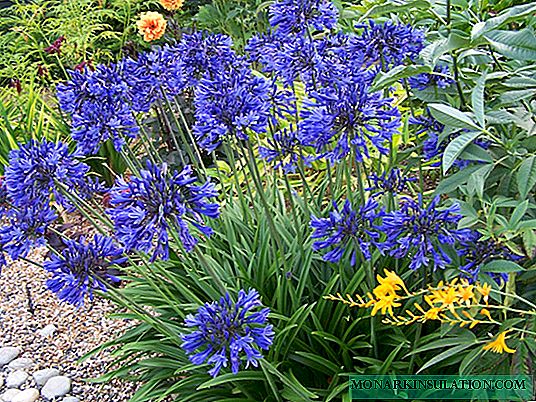
Description and characteristics of agapanthus
The life span of agapanthus is quite long, in most varieties it is evergreen, has an elongated peduncle and leaves of exotic shape, which are somewhat reminiscent of leaves of yellow daylily, which has long been widely used for decorative purposes.
The plant has a characteristic, rather fleshy, short root, thick stem (the flower reaches a height of one and a half meters). Flowering time - long, up to 2 months.
About 30 funnel-shaped flowers are collected in inflorescences (with a diameter of 30-45 mm) in the form of an umbrella of delicate colors - from mauve to milky white, have 6 petals, stamens with brown pollen. The peak of flowering occurs in July, and ends in late August.
The leaves form a rosette near the root of the flower, spread along the ground, belt-shaped and hard.
Agapanthus grow in large groups, being from Africa they tolerate a hot climate, but the cold below (+ 10 ° C) is harmful to them.
Types and varieties of agapanthus
The plant has many varieties of hybrids, partly due to the work of breeders who, pollinating different varieties, get new colors.
The most common - Agapantus Umbrella, is the ancestor of the remaining varieties. The initial color is blue. Blue agapantus (Agapantus Blue) from this species, due to the bright sky color of the flowers, is most in demand for decorative purposes. Not very tall (up to a meter), but with long and hard leaves, two-centimeter bell-shaped inflorescences. Great for both lawn and compact indoor cultivation.

Oriental variety is characterized by early flowering, up to 70 cm high, leaves reach 60 centimeters in length, curved. The inflorescence is in the shape of a ball and contains up to hundreds of white-cornflower flowers.
The African species has elegant flowers of blue shades, on each petal of which in the center there is a bright longitudinal stripe. They are large gather in peduncles of 20-30 pieces. Plants reach a height of 60-75 cm.
Among the decorative varieties obtained by breeders, the following varieties can be distinguished:
| Grade | Description |
| Variegata | Has very long leaves with a white stripe. |
| Albidus | Perianth is white, with bright red dots. Very decorative. |
| Albus | A low (up to 20 cm) white flower is perfectly suited for indoor cultivation. |
| Bell-shaped | With the onset of cold weather, it discards leaves, remaining, of course, for many years. Good for home garden, lawn, garden. |

Agapanthus care and landing
Agapantus will feel comfortable at + 10 ... +28 ° C, and in good light. The lack of light causes the stem to become excessively long and fragile, in which case special support may be necessary.
Blown places by wind or draft are undesirable - because of the length of the stems, the wind can break them. Otherwise, the flower will need transplantation and protection of other plants from the wind.
The soil needs low acidity, with sand or sandstone, or neutral, moderate watering, regular organic top dressing is desirable. These requirements apply to both outdoor and indoor cultivation.

In the open ground
Planting and care in the open ground is beyond the reach of even a novice grower. When the temperature drops below +10 ° C, the plant is recommended to be dug up, planted in a temporary pallet and brought into a not too warm room.
In winter, care for a sleeping flower is not required. If the climate is not too cold, it can winter on the street. It is covered with a box (cardboard, wooden), sprinkled with fallen leaves or sawdust.
With excessive stretching of the stems, they need to be strengthened with props. It is better to use the soil with a predominance of sand, preferably adding deciduous humus. When choosing a place, preference should be given to the well-lit sides of the plot, southern, eastern, western.
Spraying the leaves is not required, but in the case of an arid beginning of summer, watering is necessary, especially before flowering. Closer to fall, irrigation rates are reduced. When planting, the distance between plants should be at least 50 cm, because foliage of plants is quite lush and sprawling. Saplings are deepened into the soil by 10-15 cm.
At home
At home, agapanthus needs space, so you need a spacious container. At its bottom, it is necessary to arrange drainage from small gravel, provide a hole for the outflow of excess water. In winter, the plant is at rest, the ambient temperature should be around +15 ° C, rare watering is needed.
With the onset of spring, it is better to put the flowerpot on a sunny window and water it intensely. In the summer, daytime “walks” in the fresh air are very useful. Additionally, there is no need to spray the plant, nor is it afraid of dry air during the heating season. But top dressing is highly desirable, at least from the beginning of flowering to seed maturation.

Agapanthus transplant
The roots of the plant are very delicate, so the transplant must be done very carefully.
Young can be transplanted annually with the onset of spring, before the flower leaves the "hibernation". Agapanthus are older - no more than once every three years, flowers after 10 years are not recommended to be replanted, unless absolutely necessary.

Agapanthus breeding
It is possible to grow agapanthus from seeds, but the first flowers will appear only after 5-7 years. Seeds are soaked for 2-3 hours and planted in the early spring in a box, and covered with a film. The film is removed 2-3 times a day for air access.
Carefully regulate the soil moisture without filling and not drying it out. After 1-2 weeks, the seeds will sprout, and the film can be removed completely. With the advent of the fourth leaf, the flowers are ready for transplanting to a permanent place.

Reproduction by division is much simpler, and flowering will begin next year. It can be separated in spring or late fall. They dig up the flower and cut off part of the tuber with a rosette with a sharp knife. Place the cut wipe with activated charcoal. At first, the divided plants are watered minimally, with the beginning of growth, watering is resumed in full.
Often, next to the flower, if the conditions are favorable, the so-called daughters appear - shoots from the root, they are very carefully (gentle rhizome) separated and planted independently.
Pests and diseases of agapanthus
Here are the main health problems of agapanthus, and methods for their treatment.
| Manifestation on the leaves and stem | Cause | Remedy |
| Decay. | Fungal infection initiated by excessive dampness and coolness. | Fungicidal treatment. |
| Drying, falling off. | Inadequate or excessive watering. | Normalization of the irrigation regime. |
| The appearance of white threads. | Spider mite, scab. | Washing with soapy water. |
| Stretching the peduncle. | Lack of light. | Transplant, transfer to a more illuminated place. |
| Snails and slugs. | Manual removal, sprinkling with eggshell. | |


